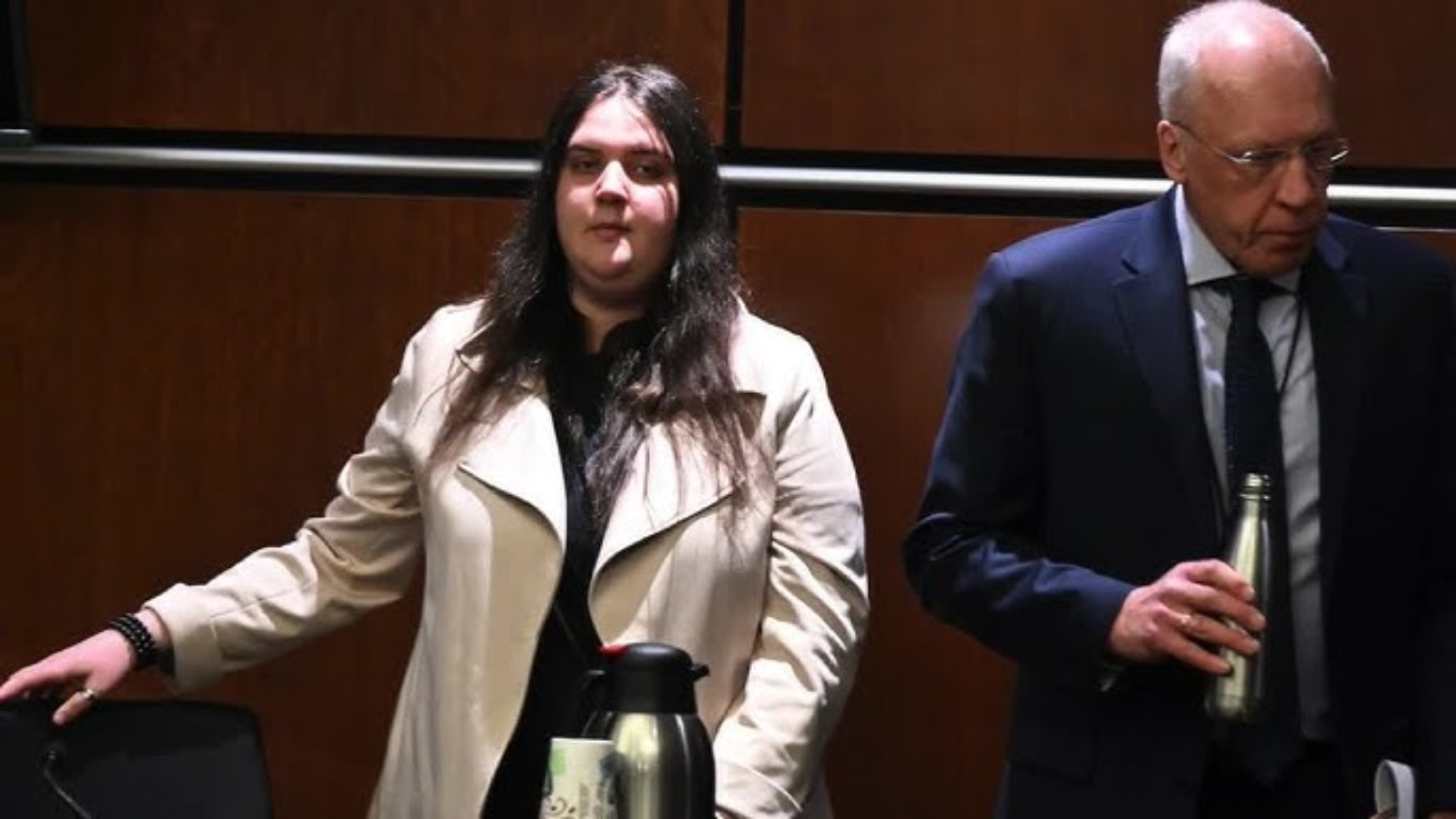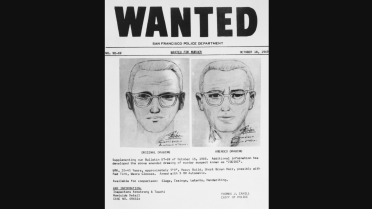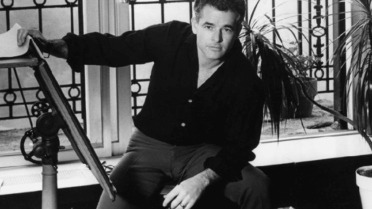When 17-year-old cycling prodigy Magnus White was struck and killed during a training ride in Boulder last July, it sent shockwaves through the cycling world.
This wasn’t just any teenager; Magnus was a rising star preparing for the UCI World Championships, with dreams of competing at the highest levels of the sport.
But Magnus’s story didn’t end with that tragic crash on Highway 119.
What followed was a legal battle that would test whether justice could be served for a young life cut short.
Here’s how it all unfolded.
The Legal Proceedings: Trial and Conviction
It took a lengthy investigation before prosecutors charged Smilianska with felony vehicular homicide. The court case finally began in March 2025.
The big legal question: Was Smilianska’s driving reckless or just careless?
- Prosecutors’ Argument: They argued she made a conscious decision to drive while dangerously impaired.
- Evidence: Testimonies and evidence suggested her actions directly led to Magnus’s death, especially since investigators ruled out mechanical issues and highlighted her inconsistent statements.
- Outcome: After deliberating, the jury unanimously found Smilianska guilty of reckless vehicular homicide, a serious felony that could have landed her up to six years in prison.
Sentencing and Community Response

On June 13, 2025, Judge Dea Lindsey faced the difficult task of determining Smilianska’s punishment.
The courtroom was packed with Magnus’s family, friends, and community members, all waiting to see if the sentence would show the magnitude of their loss.
Judge Lindsey ultimately sentenced Smilianska to four years in state prison plus three years of mandatory parole.
While this was a substantial sentence, it fell short of the maximum six years possible under the law.
The family’s response was heartbreaking and powerful. In emotional statements to the court, Magnus’s loved ones described the devastating impact of losing him.
They spoke about the young man he was, the future he would never have, and the hole his death had left in their lives.
Many expressed disappointment that the four-year sentence didn’t seem to match the gravity of the crime or the permanence of their loss.
What Actually Happened: The Fatal Crash
On that tragic day in July 2023, Magnus White was doing what he loved, training hard for his upcoming competition.
He was on Highway 119, a route he knew well, just 15 minutes from home, when everything changed in an instant.
According to official reports, Magnus was riding on the shoulder of the road when a car driven by Yeva Smilianska struck him.
What should have been a routine training ride became a fatal accident that would devastate a family and community.
Smilianska’s Side of the Story
Initially, Smilianska’s story kept changing, which raised red flags for investigators.
At first, she claimed there was a steering malfunction with her vehicle, essentially blaming the crash on mechanical failure.
But as the investigation continued, a different picture emerged. Eventually, she admitted to something much more serious: she had passed out at the wheel.
Falling asleep while driving isn’t just an unfortunate accident; it suggests someone was driving when they knew they weren’t in condition to safely operate a vehicle.
For prosecutors, this became a key piece of evidence that Smilianska’s actions went beyond simple carelessness into reckless behavior.
Broader Impact & Cyclist Safety
Magnus White’s story became a rallying point, sparking urgent conversations about road safety, justice, and the value of cyclists’ lives.
- Magnus White’s tragic death sparked widespread attention and advocacy for cyclist safety.
- His case highlighted the real dangers cyclists face on roads not designed with their safety in mind.
- Roads like Highway 119 were criticized for lacking features such as broader shoulders, better lighting, and protected bike lanes.
- The case also exposed flaws in the legal system’s handling of cyclist-related crashes.
- Drivers who injure or kill cyclists often face minimal consequences, sending the wrong message about the value of cyclists’ lives.
- While the driver in Magnus’s case was convicted of a felony, many still felt the justice system didn’t go far enough.
- Magnus’s story became a powerful example used by cycling advocates to push for change.
- Calls for reform included safer road designs, stricter penalties for reckless drivers, and better public awareness.
- Local cycling groups organized memorial rides to honor Magnus and raise awareness about cyclist safety.
Final Thoughts
The loss of Magnus White will forever leave a hole in the hearts of those who knew him and the cycling community that accepted him.
Magnus’s story became bigger than one tragic case; it sparked important conversations about cyclist safety and accountability on our roads.
His memory lives on through the advocacy and changes his death inspired.
What are your thoughts on the sentence? How can we better protect cyclists in our communities? Share your ideas in the comments below.




















